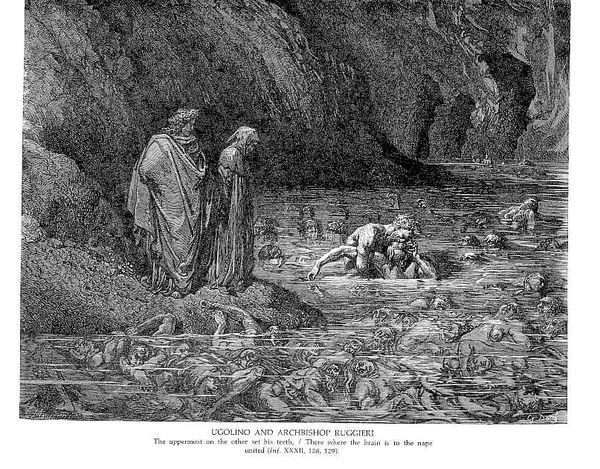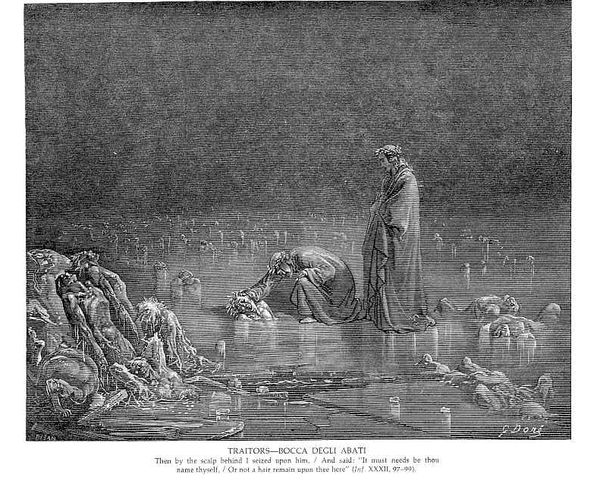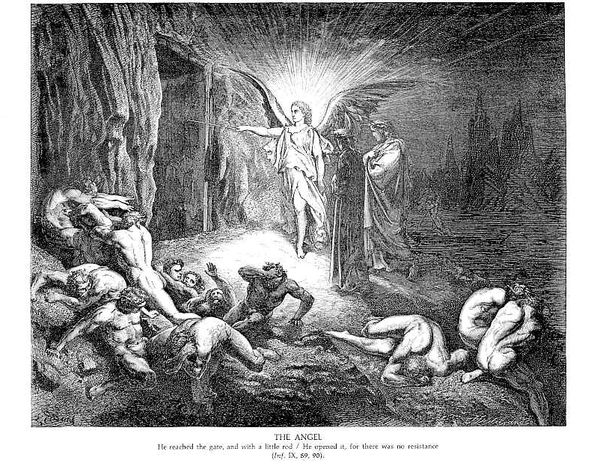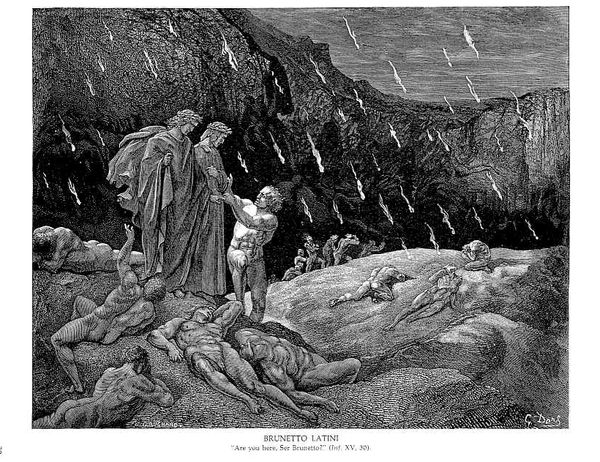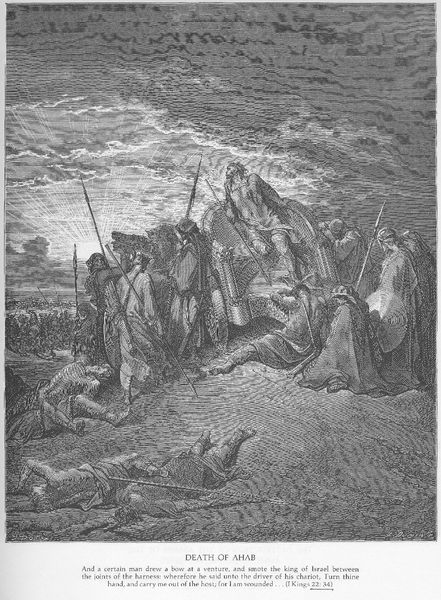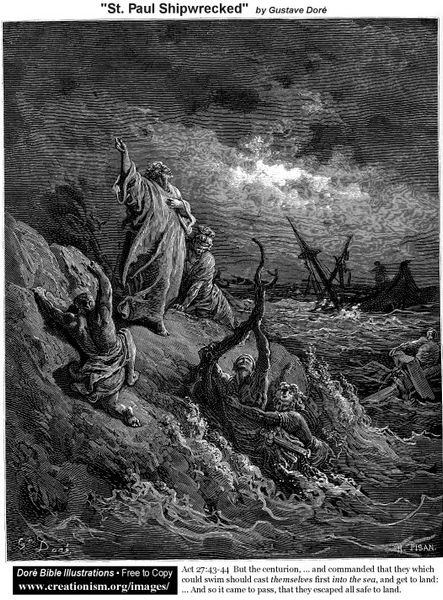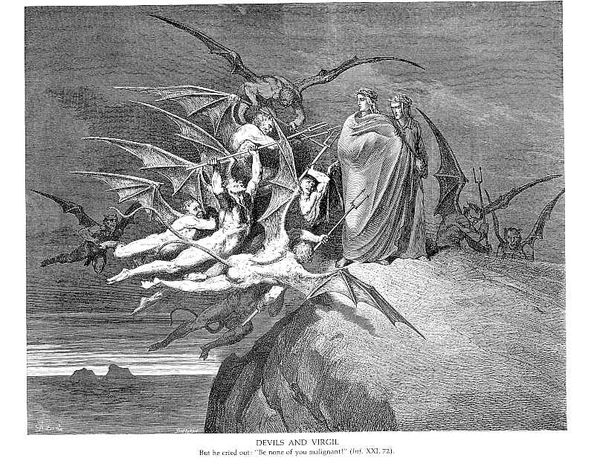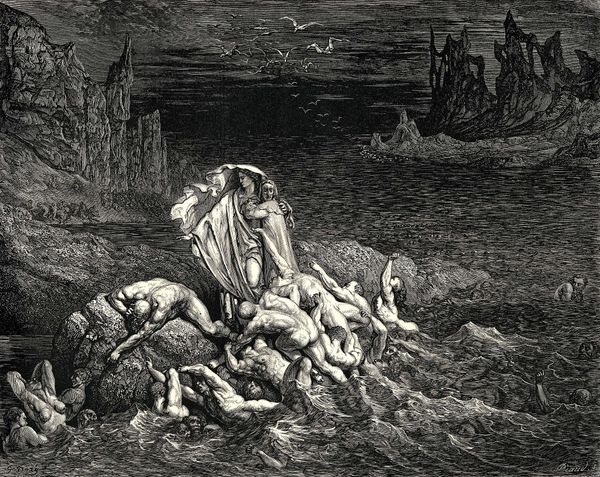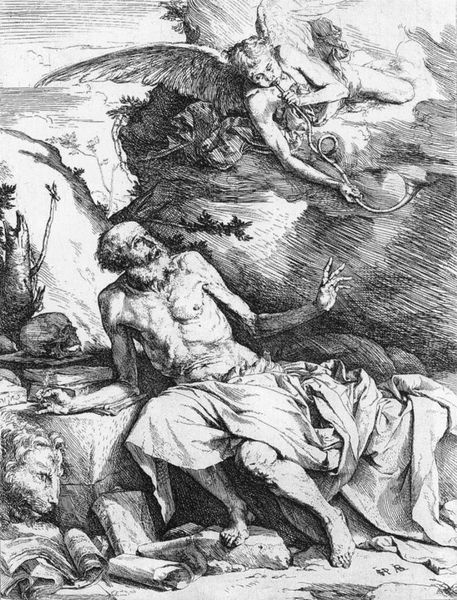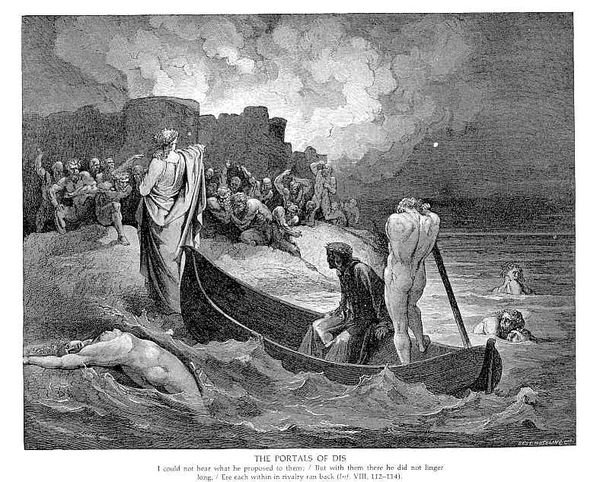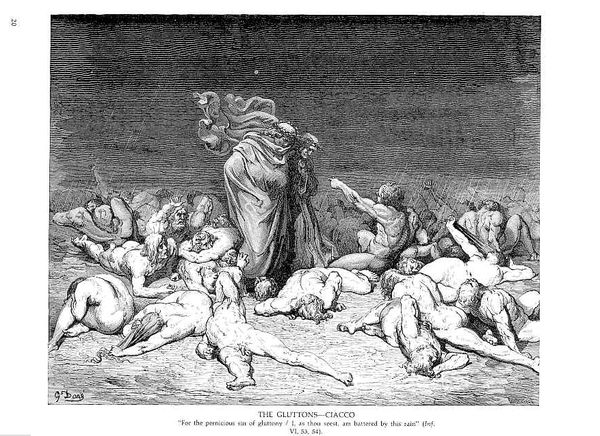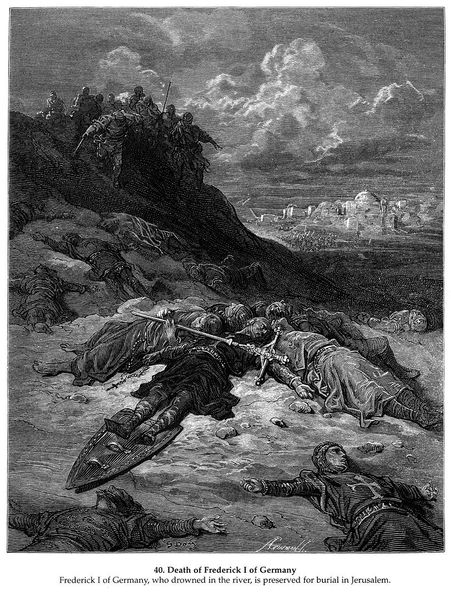
drawing, print, engraving
#
drawing
#
allegory
#
narrative-art
#
baroque
#
the-ancients
# print
#
pen illustration
#
landscape
#
figuration
#
romanticism
#
line
#
history-painting
#
academic-art
#
engraving
Copyright: Public domain
Curator: The Styx–The Irascible by Gustave Doré. It looks like an engraving or print. The scene is intense and chaotic, but the overall greyscale gives it a rather somber feeling, and the swirling of bodies pulls the eye across the piece, creating a morbid energy. How do you approach something like this, when the subject is hell itself? Editor: Considering the industrial processes of printmaking, how does Doré’s choice of this medium contribute to the overall meaning and accessibility of the artwork? I see masses of people depicted... what does that mass production tell us? Curator: Precisely. The choice of engraving means multiple reproductions, and a wider distribution to society. In that period, reproduced artworks spoke to an emerging consumer base hungry for the visual imagery. If it had been a one-off painting on canvas, who would have viewed it? What impact might that have? Editor: Well, then it becomes an elite object only available to a small number of individuals. Printmaking democratizes it, and by using techniques that echo mass production, it speaks volumes about the growing awareness of those systems during Doré's time. Curator: Exactly. Furthermore, consider the material used for the print – paper. It's a relatively inexpensive material compared to canvas or marble. Does the cost of the raw materials involved reflect any socioeconomic tensions present in the imagery? The damned struggling within the underworld... Who is it intended for and why? Editor: You’re suggesting that Doré is aware of the irony. Depicting suffering souls in a format accessible to the masses highlights the disparities in lived experiences between those consuming the art and the subject matter? It almost makes the viewers complicit in this grim world... Curator: Precisely! This interplay between subject, production and accessibility gives Dore’s print an edge over, say, a baroque history painting. What new connections are brought up, given these considerations? Editor: By focusing on the means of production, the materials, and the intended audience, we are highlighting both the artwork’s critical approach and the artist's relationship with burgeoning consumerism of the Industrial Age. It moves us away from simply viewing this artwork for its allegorical narrative alone, and asks more significant questions. Curator: A vital approach for our current moment. Considering art with the same material and societal concerns in mind provides new pathways for engaging with images from our past.
Comments
No comments
Be the first to comment and join the conversation on the ultimate creative platform.
